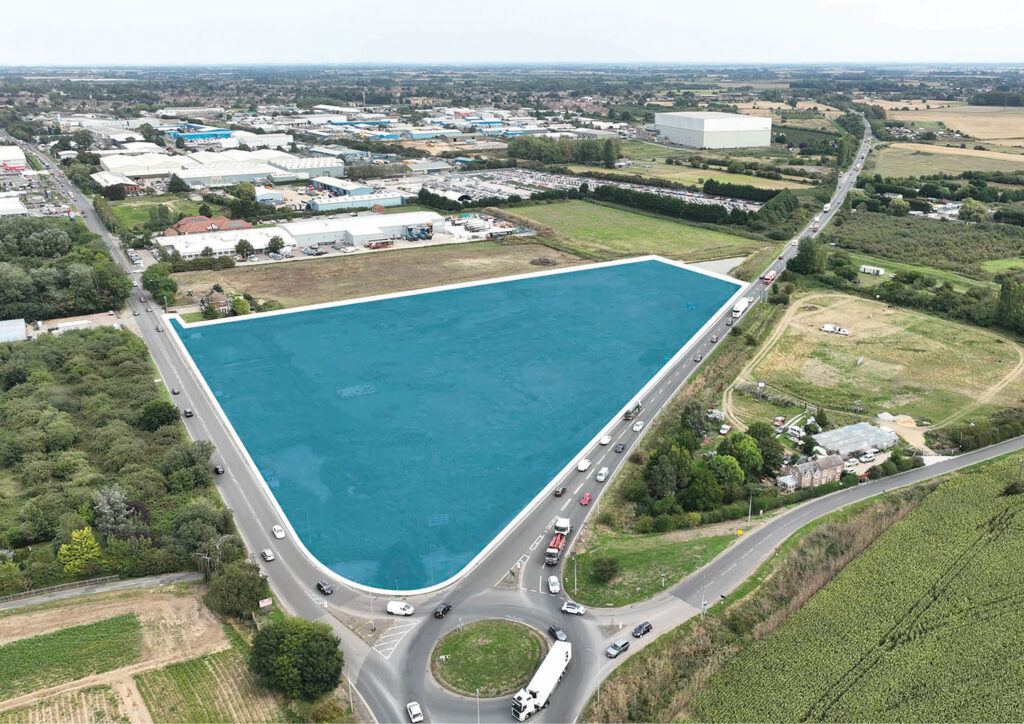Over the last 15 years, these investment vehicles have evolved into well-established components of institutional investors’ portfolios. With pension funds leading the way as active participants in these realms, it’s essential to unravel the intricacies of VC and PE and explore why they’ve become prime choices for diversification and growth. At its core, venture capital and private equity represent long-term investments in privately held, unlisted companies. This distinction sets them apart from publicly traded stocks, enabling investors to be part of the growth journey from an early stage. In exchange for funding, VC and PE funds acquire equity stakes in these businesses, forging partnerships with management teams to nurture expansion and drive enhancements that boost the company’s value.
Venture Capital: Igniting Innovation
Venture capital primarily targets startups and emerging businesses brimming with innovation and potential. It’s akin to planting seeds in the hope of reaping a bountiful harvest. VC investors often inject capital into fledgling companies during their infancy, providing the financial fuel necessary for groundbreaking ideas to take flight. The goal is to guide these startups towards becoming disruptive forces in their respective industries.
Private Equity: Transforming Established Ventures
On the other hand, private equity zeroes in on established companies with growth prospects and the potential to be reinvigorated. PE investors step in to help businesses make strategic changes, enhance operational efficiency, and ultimately maximize value. This approach often involves acquiring a controlling stake, facilitating impactful shifts, and positioning the business for substantial growth and profitability.
The Role of Pension Funds
Among the sea of investors, pension funds have emerged as prominent players in the VC and PE arena. These funds, entrusted with securing the financial futures of retirees, have recognized the value of diversifying their portfolios beyond traditional asset classes. According to Invest Europe’s data, nearly a third of capital raised by European VC and PE funds in recent years has originated from pension funds.
The Allure of Performance
One of the driving forces behind the attraction of VC and PE investments is their consistent outperformance compared to other asset classes over the long term. As these investment avenues continue to demonstrate their resilience, existing investors are actively seeking to increase their exposure. A notable 2014 Greenwich Associates report highlighted that 62% of pension funds had already established PE/VC programs, with an additional 33% in the process of doing so.
The Promising Trajectory
The global venture capital investment market has shown a remarkable trajectory, with its size reaching an impressive US$233.9 billion in 2022. This meteoric rise underscores the growing appetite for high-risk, high-reward investments, and projections indicate that the market is poised to reach a staggering US$708.6 billion by 2028.
Embracing the Future of Finance
The journey of venture capital and private equity from niche investments to integral components of institutional portfolios has been nothing short of remarkable. Pension funds’ substantial participation underlines their confidence in these strategies. As they continue to evolve, VC and PE investments offer a promising path to diversification, growth, and the possibility of reaping rewards that transcend traditional investment avenues. With even national leaders like Jeremy Hunt, the UK finance minister, recognizing their potential, the allure of VC and PE investments is set to captivate a broader audience eager to seize the opportunities of the future.
This communication is for informational purposes only and is not intended to constitute, and should not be construed as, investment advice, investment recommendations or investment research. You should seek advice from a professional adviser before embarking on any financial planning activity.



